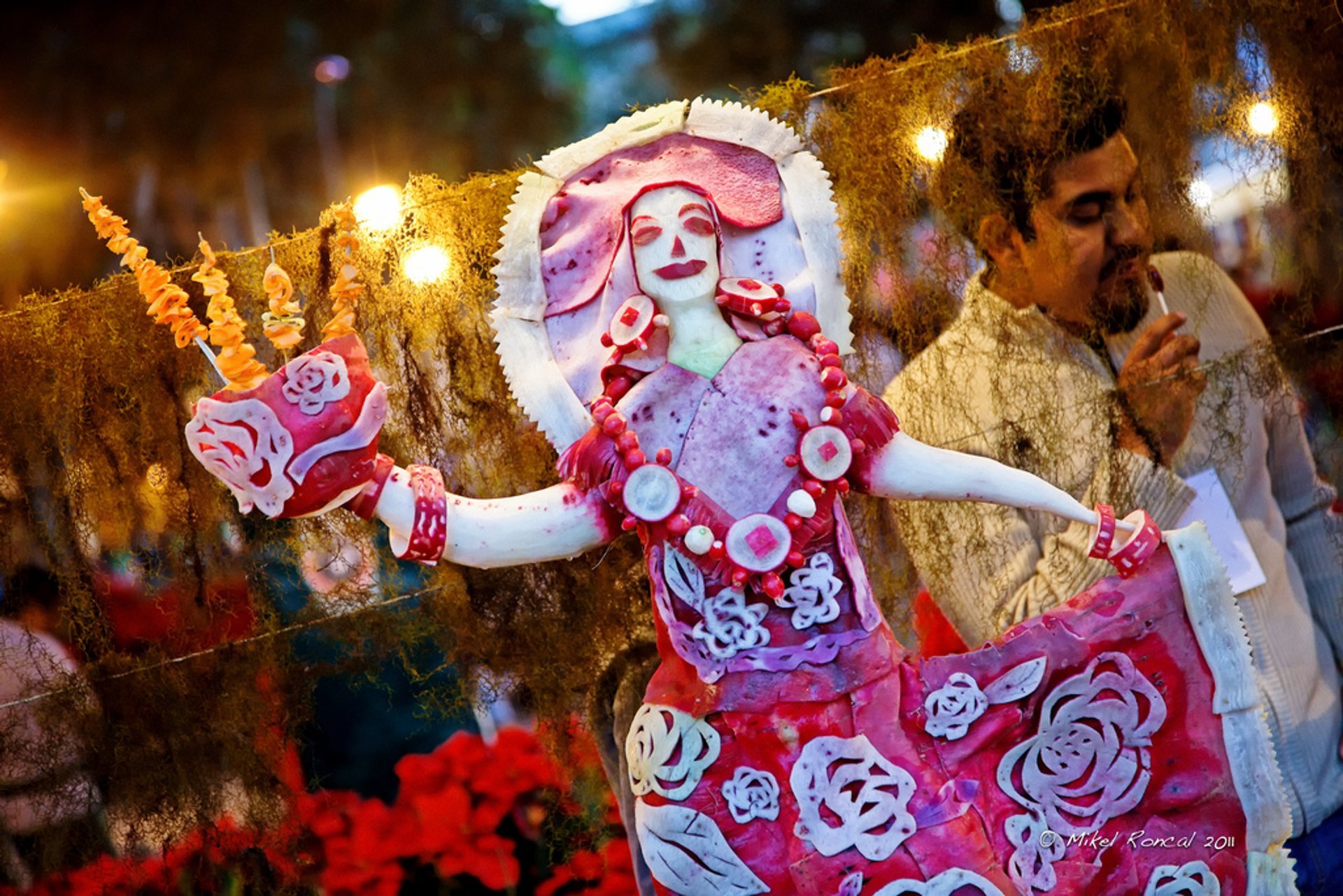In our own homes, we may see our dogs or cats as part of the family, but in Lopburi, Thailand, they hold a different animal as their honorable members. In order to honor these primates, on the last Sunday of November, on the ruins of the Phra Prang Sam Yot temple, the citizens lay out an incredible buffet accompanied with many other activities and ceremonies.
The event starts off with an opening ceremony that consists of a performance by dancers in monkey costumes. These dances are made to attract the monkeys, which may seem like it would be ineffective, but it actually works. They dance until the monkeys arrive, and then the sheets covering the many tables of food are taken off to reveal decorative spreads of fruits and vegetables. There are nearly two to four tons of food offered to the monkeys!
The history behind this seemingly odd festival dates far back. At least 2,000 years ago, the epic tale called Ramayana, where Rama, a divine prince, tells how he struggled to rescue his wife, Sita, from the grasp of a horrible demon lord. As the story goes, the monkey king Hanuman and his monkey army came to aid Rama in the retrieval of his wife. It is said that the monkey king then went on and founded the town of Lopburi, and that the monkeys surrounding the village are of direct bloodline of king Hanuman! Since this time, monkeys are honored as a sign of good luck and prosperity. Although the monkeys can be somewhat pesky, the buffet is an annual sign of appreciation for these monkeys.
This event attracts many tourists and there are many tips on what to do when you go to this festival. There are vendors of food for human consumption, so make sure to bring money! Also, after the monkeys have eaten, they apparently get a little feisty and have the tendency to go after any shiny object, ponytail, or any dangling belonging, so make sure to keep track of your bags and hold on tight!
Needless to say, this festival is a great way to get an up-close view of these monkeys, but it is also a good way to become acquainted with Thai culture. The townspeople prepare many traditional dishes and wear traditional clothing and although this event has attracted many tourists and has become slightly catered towards the benefits of the visitors, many customs are still carried out within this festival. This is one of the more popular events to go to when visiting Thailand for many reasons and has brought economic advantages to the country itself and has placed Thailand on the map with all of the press and media coverage that this festival has received. Overall, if you feel like monkeying around and watching these local macaques pig out at this buffet, Lopburi, Thailand is your next destination!




















